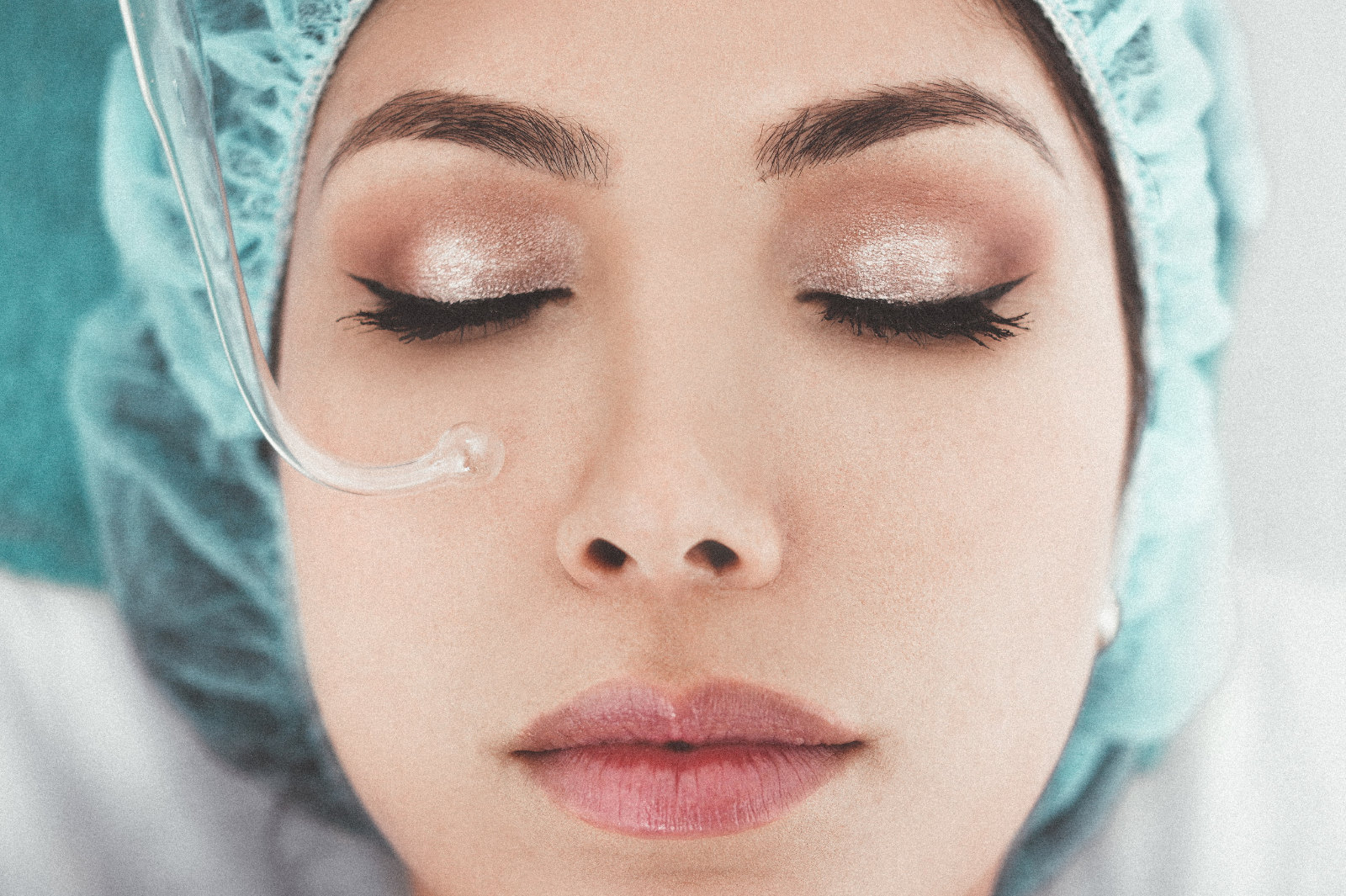
BEAUTY Plastic surgeon Dr Michael Somenek weighs in on 2021’s beauty trends, and gives some straight talk and hard science about each one
Main photograph by Karelys Ruíz/Unsplash
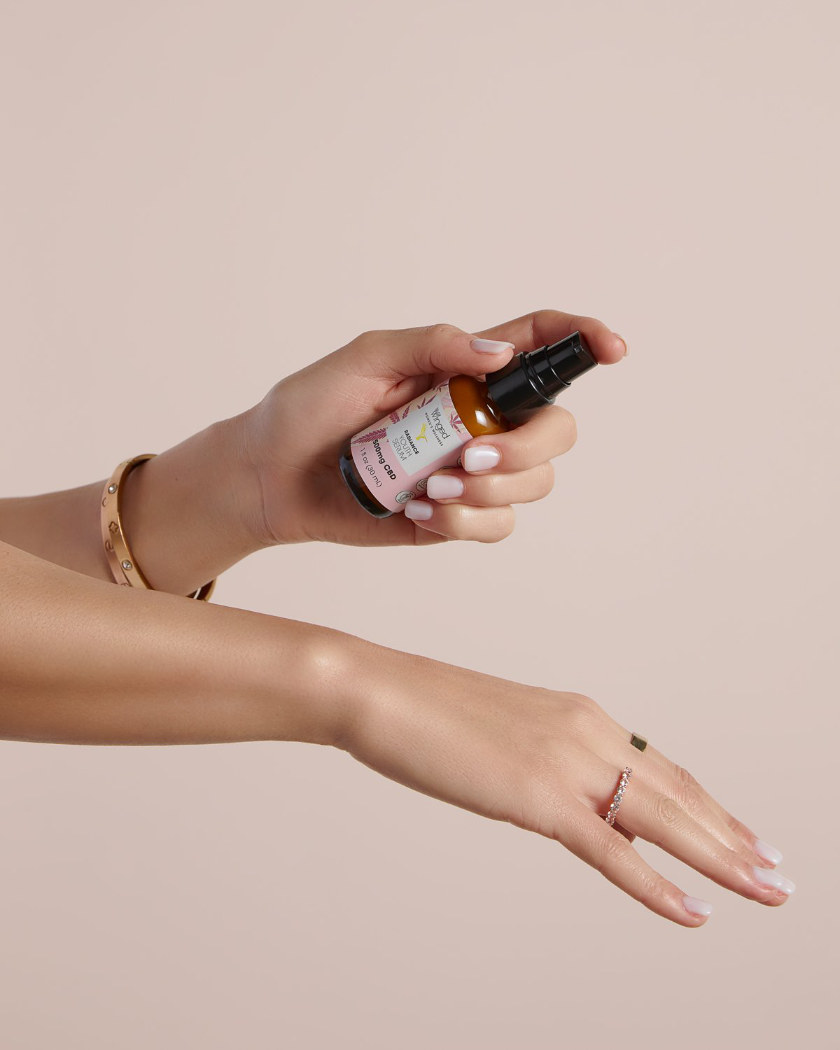
Winged Wellness, which Lucire covered in 2020, is one of the brands doing CBD skin care
Although we can’t trust everybody in a position of influence in Washington, when it comes to the biggest beauty trends of the past year, Dr Michael Somenek has the credentials to be an authority on the subject. A member of the American Academy of Facial Plastic and Reconstructive Surgery and alumnus of the Rush University Medical Center in Chicago and the University of Illinois in Chicago, he’s carved his niche in plastic surgery with a less-is-more philosophy.
Now based in the US capital, Dr Somenek is known for expertly performing minimally invasive procedures, both surgical and non-surgical, and providing honest advice to patients who value his expertise. His services include facial liposuction, the endoscopic brow lift, and the S lift. While he is now a trainer and teacher to other physicians across the country on all injectables in terms of technique and philosophy, he pushes past the bells and whistles of social media and TikTok to provide straight talk on what got every beauty enthusiast’s attention in 2021.
CBD in skin care
CBD (short for cannabidiol) has no plans of easing its reign on the skin care world in 2021 and beyond. As a case in point, there are at least two major skin care brands that now include CBD, not to mention the indie companies.
Dr Somenek’s diagnosis: ‘As far as it being good for skin, it acts as both an anti-inflammatory agent and an oil reduction agent. Theoretically, its addition to skin care products, especially those tasked to fight acne and other inflammatory skin conditions, is probably legitimate. It is also a good antioxidant that can help protect against free radical damage to skin cells. CBD can be made from hemp which helps skin care companies get around the federal ban on marijuana. Side effects of unregulated use include: nausea, fatigue and irritability. CBD can increase the level in your blood of the blood thinner coumadin, and it can raise levels of certain other medications in your blood by the exact same mechanism that grapefruit juice does.’

Vice Reversa microneedle patch, close up
Microneedle patches
Some beauty editors and bloggers swear by pimple patches. According to experts, those patches are about to get even more advanced by way of a ton of tiny microneedles (or ‘microstructures’). The logic is that you can output a smaller amount of acne-fighting ingredients into these tiny little cones and apply it to the skin, and it’s a better, more effective delivery system.
Here’s how they are purported to work: the small Band Aid-like sticker has spikes coated with hyaluronic acid that are thinner than a hair follicle. Through these teeny painless pricks in the skin, the patch drives the active ingredients deep into the skin.
Dr Somenek’s diagnosis: ‘There is plenty of good medical literature on the validity of these small patches that are impregnated with various chemicals. The patch gets worn and the needles (either metallic or made out of absorbable polymer) penetrate the skin, delivering the chemical treatment. Their design takes advantage of the concept of transcutaneous delivery of drugs. Patches can be custom-made to fit various areas of the face and deliver anti-ageing or other chemicals while a patient sleeps. The efficiency of delivery is better through the tiny skin punctures than if you only put the chemical directly on the intact skin. In theory, æsthetic practitioners can make custom topical treatments and place them on the patches to deliver customized at-home skin treatments for their patients.’
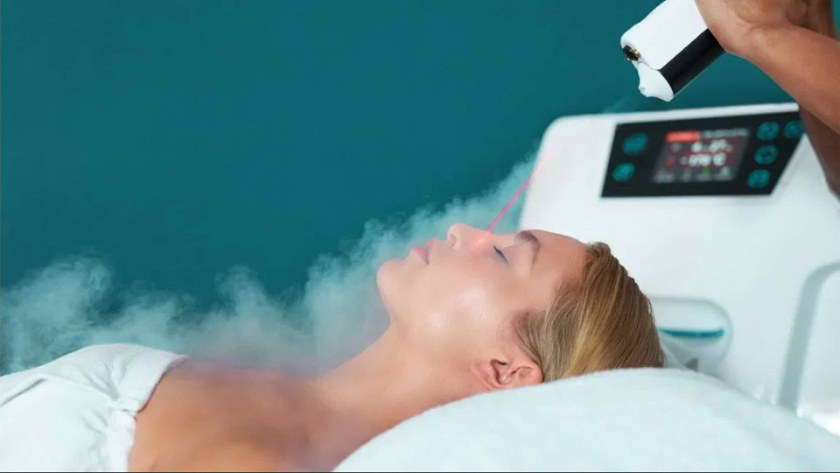
Cryotherapy facials
Cryotherapy has gained popularity in recent years with spa treatments exposing clients to sub-zero temperatures to help relieve pain and improve their health. This wellness treatment has recently undergone another adaptation with the cryotherapy facial treatment. The cryo facial is a cryogenic treatment that is performed by what is considered a cryo probe, which beams vapourized liquid nitrogen across the forehead, cheeks, nose and chin. Different from the cryotherapy chambers that can be used for pain relief, the facial targets help the face look younger.
Dr Somenek’s diagnosis: ‘This may be more suspect. There isn’t a great deal of study-based evidence that cryotherapy facials actually do what they claim. Typically, cryotherapy uses extremely cold liquid nitrogen to freeze exposed skin cells to kill them, like a wart. The facials use the same liquid nitrogen as a spray, but the æsthetician doesn’t stay in one area too long to avoid frostbite to the skin. Some level of cold injury occurs, probably to a very superficial level of the skin, so there may be some exfoliation. But there are safer ways to get exfoliation without risking frostbite or hyperpigmentation.’
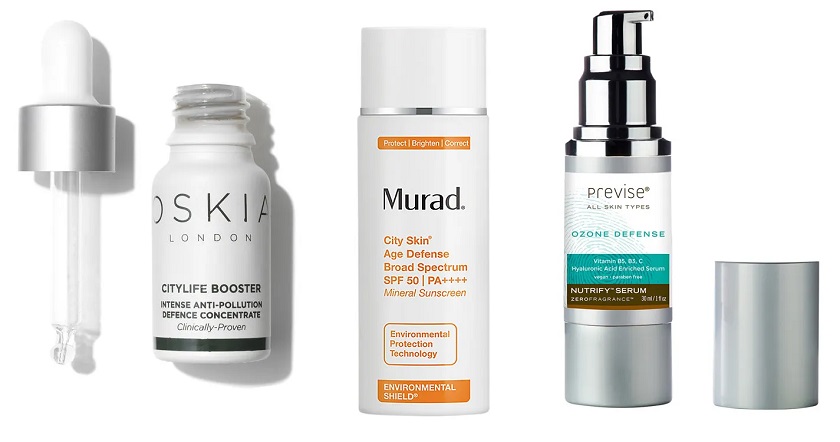
Anti-pollution skin care
Your skin is exposed to environmental aggressors on a regular basis. Although unseen, these pollutants can wreak havoc on your skin by breaking down collagen and elastin, the fibres that give skin its bounce. To help reduce these unwanted side effects, anti-pollution skin care products are continuing to gain favour among consumers. Just as SPF is now de rigueur in skin care, this seems to be the case with anti-pollution ingredients.
Dr Somenek’s diagnosis: ‘I think that this is a new name for old tech. In brief, our skin is exposed to environmental contaminants that create inflammatory conditions. These conditions lead to a build-up of free radicals in the skin. The ingredients in anti-pollution skin care are basically strong antioxidants that protect against free radicals. But the skin is assaulted by more than chemicals. It experiences dehydration, UV exposure, temperature changes, etc. True anti-pollution skin care should guard against all this. Typical protective and reparative ingredients include vitamin E, vitamin C, retinoids, hyaluronic acid, zinc oxide, vitamin B3, and bisabolol.’
Dr Somenek’s final word
Just as one can become a slave to fashion, the same can happen with skin care trends. The doctor’s best advice is to consult with your skin care physician to discuss what you are exposed to during the day. Is it sun, pollution, humid air, wind? Then ask your doctor what’s best for you based on your skin type and condition.
‘Skin type changes as you age, and as hormonal factors come into play,’ he says. ‘Someone who had oily skin in their 20s and 30s can have combination skin in their 40s and 50s. Speak with your æsthetic provider about what your specific goals are for your skin. Is it reduced acne? Fewer wrinkles? Reduced brown spots? Broken capillaries? Just because something is a trend, does not mean it’s right for your skin care type or your goals. If you have a regimen that works for you, stick with it.’
Don’t be tempted by designer brands if drugstore brands are effective for you. ‘There is nothing wrong with giving your skin care routine a modern kick, but good skin care does not mean one must try everything available on the market or in a med–spa or doctor’s office.’ •
This article also appears in Lucire Rouge.
Related articles hand-picked by our editors
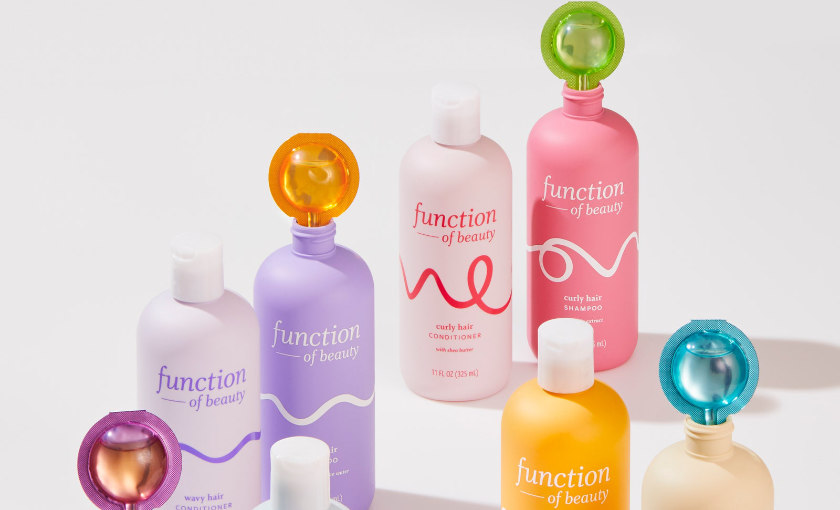
Beauty spots: the expanded autumn equinox edition
Our beauty and wellness choices for the northern autumn 2021—with a bit of pampering thrown in

To your good health
Alex Barrow flies to Malaysia to examine first-hand the phenomenon of medical tourism, and why the country is fast becoming the destination of choice
Photographed by the author, with some supplied images
From issue 35 of Lucire
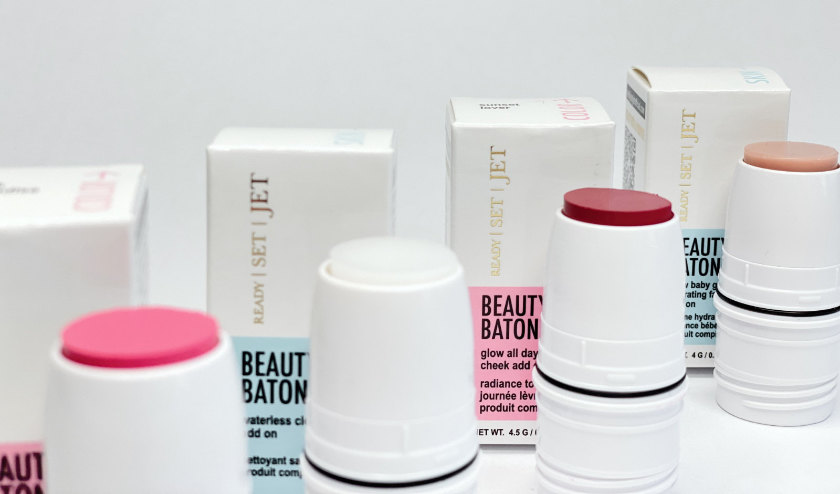
Beauty’s essential workers
The usual awards’ season suites might not be on this time round, as the US struggles with COVID-19, but the Pro Safety Beauty Summit in January introduces a considered way to look at beauty innovation, reports Elyse Glickman